We manufacture / Sale / Trade / Supply / Wholesale Gangway ladder in West Bengal . Our prices are very affordable. Open for Dealers of tyname1} Call us now on- +91 76666 52500
We will give you best Rate in the market for Gangway ladder
Who are we?
We are Manufacturer | Supplier | Trader | Exporter of Ladders
Aluminum accommodation ladder is suitable for all kinds of ships for embarkation. There are two types: Type A Integral Aluminum Gangway Ladder, Type B Detachable Aluminum Accommodation Ladder. We made the aluminum accommodation ladder according to CB3116-1982.
Type A accommodation ladder length range: 8000-15000mm.
Type B accommodation ladder length range: 4000- 7500mm.
We are Manfacturer | Supplier | Trader | Importer | Exporter of high quality Gangway ladder We also manufacture / Sale / Trade / Supply / Wholesale other products other than Gangway ladder and supply to whole West Bengal
Fast Transport is available to West Bengal
We are amongst top provider of Ladders at an affordable rates.
Why West Bengal for Gangway ladder ?
West Bengal (/b??????l/, Bengali: Poshchim Bongo, pronounced ?po?t?im ?b???o (listen), abbr. WB) is a state in the eastern portion of India. It is situated along the Bay of Bengal, along with a population of over 91 million inhabitants within an area of 88,752 km2 (34,267 sq mi). West Bengal is the fourth-most populous and thirteenth-largest state by area in India, as well as the eighth-most populous country subdivision of the world. As a part of the Bengal region of the Indian subcontinent, it borders Bangladesh in the east, and Nepal and Bhutan in the north. It also borders the Indian states of Odisha, Jharkhand, Bihar, Sikkim and Assam. The state capital is Kolkata, the third-largest metropolis, and seventh largest city by population in India. West Bengal includes the Darjeeling Himalayan hill region, the Ganges delta, the Rarh region, the coastal Sundarbans and the Bay of Bengal. The state’s main ethnic group are the Bengalis, with the Bengali Hindus forming the demographic majority.
The area’s early history featured a succession of Indian empires, internal squabbling, and a tussle between Hinduism and Buddhism for dominance. Ancient Bengal was the site of several major Janapadas, while the earliest cities date back to the Vedic period. The region was part of several ancient pan?Indian empires, including the Vangas, Mauryans, and the Guptas. The citadel of Gau?a served as the capital of the Gau?a Kingdom, the Pala Empire, and the Sena Empire. Islam was introduced through trade with the Abbasid Caliphate, but following the Ghurid conquests led by Bakhtiyar Khalji and the establishment of the Delhi Sultanate, the Muslim faith spread across the entire Bengal region. During the Bengal Sultanate, the territory was a major trading nation in the world, and was often referred by the Europeans as the “richest country to trade with”. It was absorbed into the Mughal Empire in 1576. Simultaneously, some parts of the region were ruled by several Hindu states, and Baro-Bhuyan landlords, and part of it was briefly overrun by the Suri Empire. Following the death of Emperor Aurangzeb in the early 1700s, the proto-industrialised Mughal Bengal became a semi-independent state under the Nawabs of Bengal, and showed signs of the first Industrial revolution. The region was later conquered by the British East India Company at the Battle of Plassey in 1757 and became part of the Bengal Presidency. From 1772 to 1911, Calcutta was the capital of British India. From 1912 to India’s Independence in 1947, it was the capital of all of Bengal.
The region was a hotbed of the Indian independence movement and has remained one of India’s great artistic and intellectual centres. Following widespread religious violence, the Bengal Legislative Council and the Bengal Legislative Assembly voted on the Partition of Bengal in 1947 along religious lines into two independent dominions: West Bengal, a Hindu-majority Indian state, and East Bengal, a Muslim-majority province of Pakistan which later became the independent Bangladesh. The early and prolonged exposure to British administration resulted in an expansion of Western education, culminating in developments in science, institutional education, and social reforms in the region, including what became known as the Bengali Renaissance. Several regional and pan?Indian empires throughout Bengal’s history have shaped its culture, cuisine, and architecture.
Post-Indian independence, as a welfare state, West Bengal’s economy is based on agricultural production and small and medium-sized enterprises. The state’s cultural heritage, besides varied folk traditions, ranges from stalwarts in literature including Nobel-laureate Rabindranath Tagore to scores of musicians, film-makers and artists. For several decades, the state underwent political violence and economic stagnation before it rebounded. In 202122, the economy of West Bengal is the sixth-largest state economy in India with a gross state domestic product (GSDP) of ?15.36 lakh crore (US$190 billion), and has the country’s 20th-highest GSDP per capita of ?121,267 (US$1,500). Despite being one of the fastest-growing major economies, West Bengal has struggled to attract foreign direct investment due to adverse land acquisition policies, poor infrastructure, and red tape. In India, the state is ranked ninth for both ease of doing business and media exposure. West Bengal performs poorly in terms of lowering the poverty rate, with 14.88% of the population living below the national poverty rate. While the state performs poorly in terms of the rate of school enrollment and has high human trafficking incidences, it scores quite highly in terms of child nutrition, women’s safety, and the literacy rate. It also has the 28th-highest ranking among Indian states in human development index, with the index value being lower than the Indian average. The state government debt of ?5.2 lakh crore (US$65 billion), or 34.41% of GSDP, is fifth highest India, but has dropped from 40.65% since 201011. There is moderate unemployment. West Bengal has two World Heritage sites and ranks as the seventh-most visited tourist destination in India.
Ref- Wikipedia Link– https://en.wikipedia.org/wiki/Gangway ladder
Other Keywords for – Gangway ladder that people search for are as below:-
Incepted in the year of 2006, Perfect Climbing Systems has been a rising and omnipotent firm engrossed in the manufacturer of a durable and flawless assortment of ladders. Our offered merchandise composes of Aluminum Ladders and FRP Ladder. All of these products are made out making use of an efficient gamut of stainless steel material which holds in conformity to the needs and demands of our customers. Also we have been offering these products to our customers at a very genuine and economical market price as may go in full adherence to the needs and desires of our customers. Regardless of the large demands which we handle from across the nation we have been able to offer these products at a very earnest of delivery rate. aluminium scaffolding manufacturer in mumbai
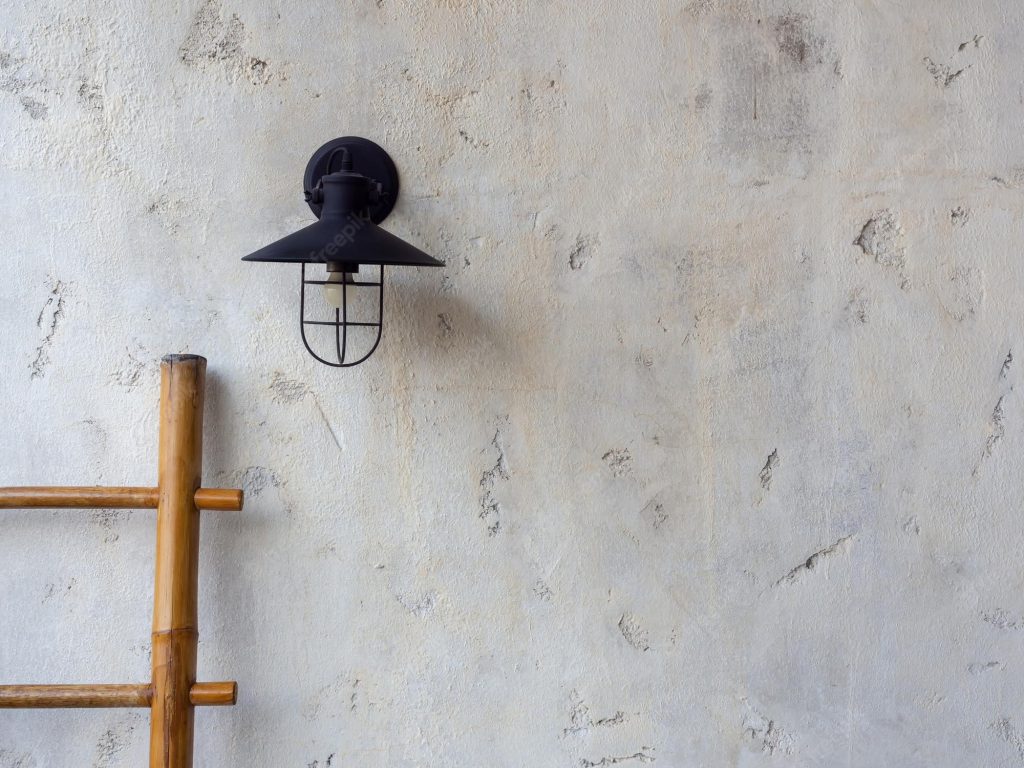
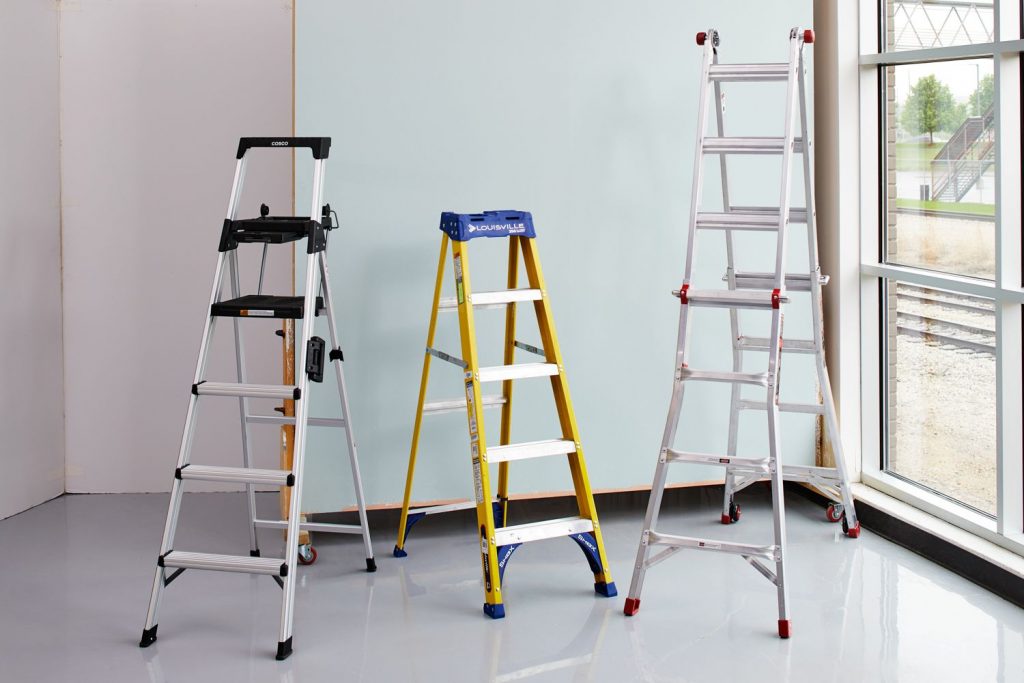
We continuously improve our products quality with our most experienced R&D department.
The Utmost Satisfaction Of Quality At Competitive Prices
Our Commitment To Customers Which Includes Product Design, Technical Support & After Sales Support.
Committed to maintain delivery schedule during shutdown or as and when you required.
We love hearing from Clients, Visitors and people from the Industry Community. We really appreciate you taking the time to get in touch.
We are believed to be best and most preferred manufacturer of Aluminum Ladders in India. Just because we manufacture high quality products only.
We are present all over India.
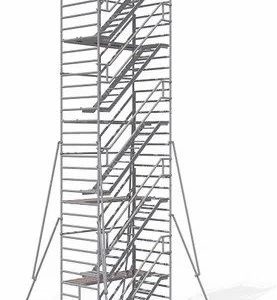


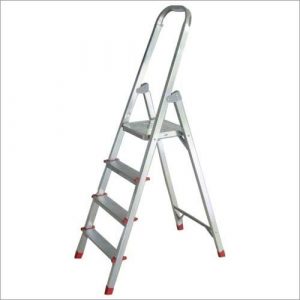
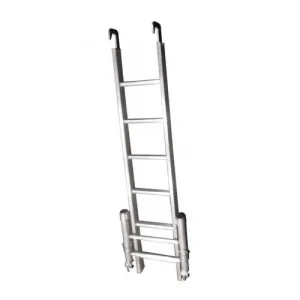




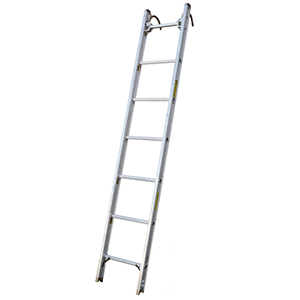
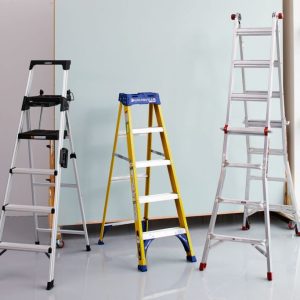

Perfect Climbing Ladder- Accurate Ladder Company
Copyright © [year], All Rights Reserved. Design By Technomantra India / Technomantra Global / Technomantra us / Technomantra Canada / Technomantra local / Technomantra Australia